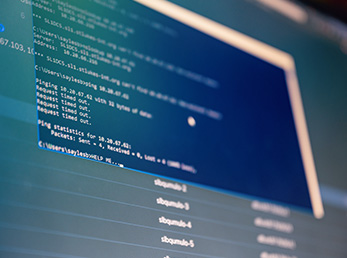we want to ensure everyone who uses Extensions knows that Oracle patch 13345785:R12.PJ_PF.B causes issues with Billing Extensions. Oracle describes this patch as PERIODIC RELEASE 6 FOR 12.1.3 ON RELEASE DATE 01-FEB-2013 which impacts and causes issues with your Billing Extensions. Continue reading:
This is the third of three articles discussing new enhancements in Oracle E-Business Suite Projects Applications Release 12.2. In this article, we address the third of three key enhancements: Costing Using Payroll Actuals. Continue reading to learn more about this update:
Continuing from last week’s blog article, new enhancements in Oracle E-Business Suite Projects Applications Release 12.2 allow companies to address various project costing requirements without the use of extensions. There are three key enhancements:
Oracle has provided several enhancements that go beyond Standard Costing. These enhancements, which offer more options and greater flexibility, give companies new tools to help ensure that their costing approach fits their business. Read part one of this blog series to learn more:
iPayment is no longer available in Oracle R12. So what has become of the features and functions previously offered by iPayment? R12 introduces the FDP Dashboard as a component of R12 Payments and to replace iPayments features and functions. Continue reading:
The new Oracle Payments system combines Funds Disbursement and Funds Capture into a single centralized payment engine. Organizations can quickly generate enterprise-wide payments across multiple business units, currencies, and regions:
In Release 12 and 11.5.10, out-of-the-box integration between Oracle E-Business Suite Projects and Oracle EAM allows the collection of maintenance costs into Oracle Projects from EAM. You can carry out maintenance activities and consume different resources, and the resulting costs of those activities can be transferred into Oracle Projects.
Oracle E-Business Suite Release 12 offers a global tax solution for “Order to Cash” and “Procure to Pay” flows. This feature utilizes centrally defined rules, rates, and jurisdictions which are stored in a Tax repository to calculate Taxes at a line level and offers strong audit capabilities using the Tax Record Repository.
Oracle customers around the globe eagerly awaited the release of Oracle E-Business Suite Release12 for several years. Oracle R12 was touted as being a genuinely globalized release. Many customers have migrated to a complete Oracle R12 environment.
The functionalities relating to CWKs have been enhanced in EBS R 12.1 and above. Before this release, there were limitations in effectively using CWK across multiple projects if their PO does not reference these individual projects in its Distribution.









